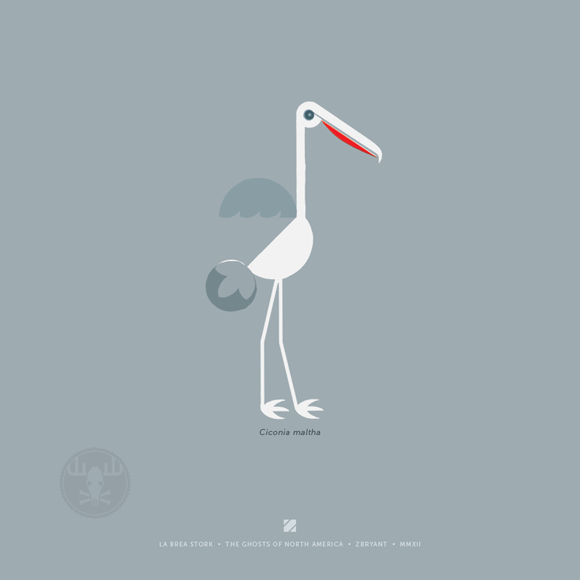It is curious that physical courage should be so common in the world, and moral courage so rare.
MARK TWAIN
This year marks a decade that I’ve been learning from you. Finding my heroes among you. Aspiring to impress you. Ten years ago, I decided I’d try to make a living solving problems using design methodology and I’ve never regretted it.
Last week, I found myself sitting in an immaculate theater in Manhattan listening to a few of those heroes wax poetic about making ideas happen at the 99% Conference. I’ve come home conflicted. My head is full of professional tips and inspiring quotes, but I think we need to have a talk.
Fabulous is fun and all, but our reciprocal flattery is getting us nowhere.
We go on and on about the necessity of diversity, but I gotta tell you: we are not a very diverse bunch. We’ve diluted ourselves into believing that diversity actualizes as nothing more than neutral hiring practices related to things like gender, age, skin color and proclivities in the bedroom. Très shallow! We read the same things. We eat the same things. We buy the same things. We speak the same way. We dress the same way. We vote the same way. And I know all of this because we also talk about ourselves incessantly.
That’s the opposite of diversity.
The majority of designers I know live enviable lives. They’ve designed it that way. The only trouble is that many of them have done too good a job of surrounding themselves with nodding heads. Find a handful of people who hold convictions opposite yours, and instead of responding with mockery or disdain — or worse, apathy — try moving toward them. You may convert them. They may convert you. But either way, you’ll be a better designer.
Admittedly a challenge in her oversized Disney hoodie, but can you fall in love with Jennifer?
The average American is a 37 year-old white woman who lives in New Jersey. Her name is Jennifer. She’s married and has two kids. She works full time and makes about $25,000 a year. She’s a little chubby. She loves her dog and watches a lot of television. She considers herself religious and prays regularly. She does most of her shopping at Walmart and recently purchased the new Nickelback CD for her husband.
These are people you unfriend on Facebook, if you’re even on Facebook. And that’s just the start. Admit it: you sort of hate these people. I’ll need your help with this part, but I’d like us to hold each other accountable to truly understanding and empathizing with the people that we work for. That’s the client. It’s the end user. It’s the target market, and it thinks you’re judging it. And it’s right.
We love to celebrate the wrong things.
Design claims to be about lofty goals like openness, clarity and progress. Maybe I’m looking in the wrong places, but lately we seem more interested in things like exclusivity, celebrity, excess and vulgarity. In our relentless drive to remain relevant, we’ve become very crass.
We’ve taken the charge to be critical as an excuse to be cynical. We eschew wisdom in favor of irony. And, perhaps most damning, we choose fashion over formation. That is to say, we want to take credit for building culture even as we (merrily) chip away at it’s very foundation.
We seem content to build beautiful cogs for hideous machines.
For a group that spends so much time thinking about ourselves, there are some glaring contradictions behind our chic exteriors. We spend our lives making things. Wonderful things. So they will be consumed. Most of us are in pretty deep denial about that last part. The stuff you’re making — whatever that stuff is — is for human consumption. And most of them won’t realize how well kerned the headline is. They’ll have no sense of your obscure cultural reference. Color palette lifted from a little-known Van Gogh? Haven’t the foggiest. But still, because you’re good at your job, they will consume. And while they consume what you’ve made it will shape them. They’ll spend their money and — more valuably — their time. They’ll spend their lives trying to become what you tell them they should be. That’s a pretty huge responsibility. Is what you’re making helping humans flourish?
Never before has there existed such a huge class of well-educated people with such endless resources and a persistent state of global connection. You have access, capital and vision. Just don’t let it go to your head. It’s not about you.
The world is not yet finished and we have such tremendous opportunities. Opportunities to right wrongs and communicate things that are capital-T-True. Seems to me, this usually happens in ways that are not all that flashy. This kind of design doesn’t win a lot of awards. It is not self seeking. It looks like quiet disciplines and a deference to the people we serve. Seek correction through criticism. Find insight in input from people who are nothing like you. If you’re feeling depressed or cynical, humble yourself to the client. To the team. To the work.
If you’re not interested in doing that, I respectfully ask that you find a different profession and stop besmirching a title that I love: Designer.



















